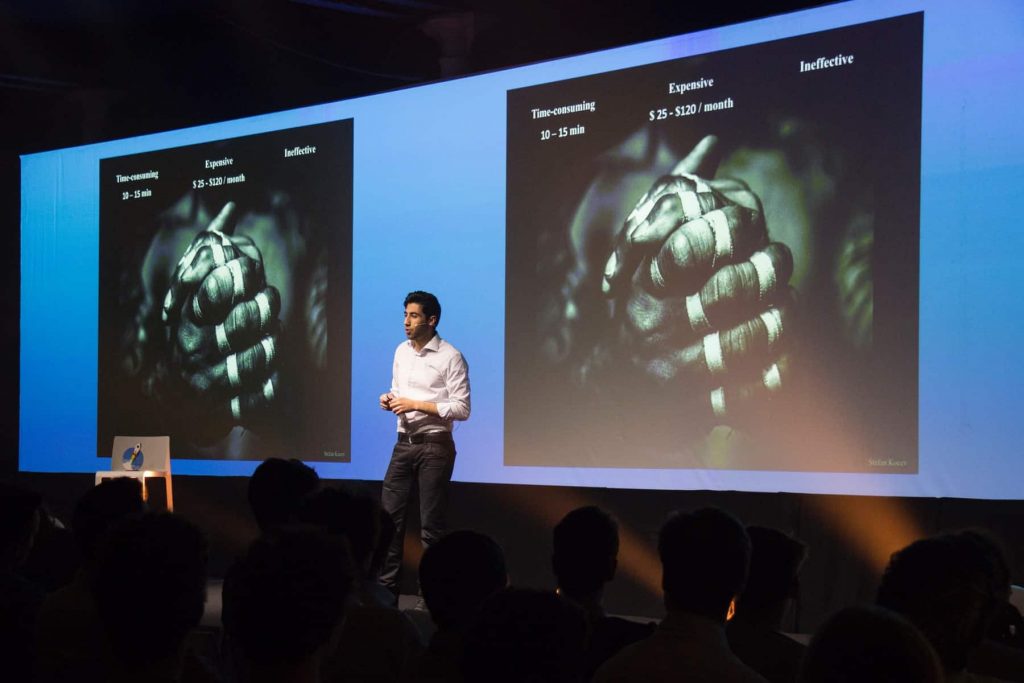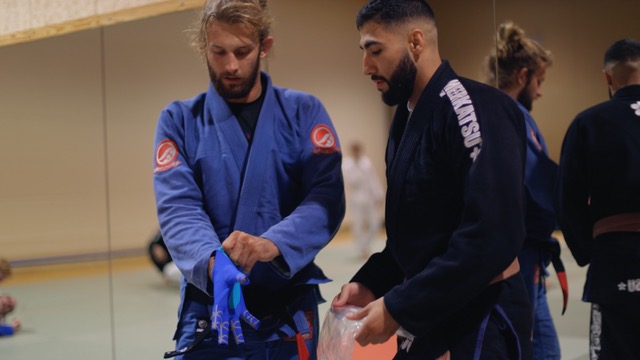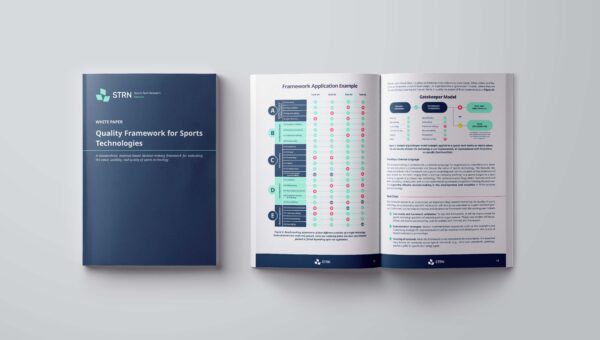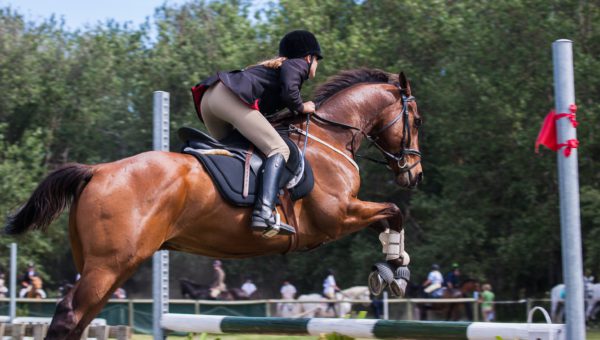How did the idea originated?
Ashkan Joshghani, founder of Exoligamentz. A few years ago, as a student, he stood before the choice between his future job as a veterinarian and the pursuit to become a Brazilian jiu-jitsu athlete. A sport that doesn’t come without any difficulties, especially related to the finger joints, as they consistently endure significant forces and impact, which makes them (very) prone to injuries.
Just like a lot of his fellow (young) athletes, he soon found out that injuries like these have long-term consequences and jeopardize orthopedic health. On one of those moments, he realized that it’s time to dive deeper into his true passion. After taking some time for reflection, he came up with an alternative to the sports tape: a protective sports glove. An innovation that questions and challenges not only the repetitive price tag of taping, but also the fact that it’s very time-consuming and often not practical putting on and taking off.
He used his medical know-how and combined it with his practical experience in the sport. This allowed him to come up with a brand-new solution. One that restricts abnormal motion, but still allows functional movement. He started drawing sketches and came up with the idea of designing a second-skin, finger-protective glove.

The worldwide attention sped up the entire process. And it made clear that the need for a product like this is very high.
Can the glove beat tape?
During his sports, Ashkan experienced ‘first-hand’ the disadvantages of taping. It loosens rather quickly when rolling and sweating.
In June 2021, the first prototype samples were developed and tested by postdoctoral researcher Benny Malengier. This took place at Ghent University, at the Centre for Textile Science and Engineering. In order to then examine the glove, Malengier and his team used a tensile tester on a surrogate finger.
They recorded how much extra force the glove could endure by the reinforcements attached to it. The purpose of this test was to see if the glove can give more protection to the fingers than classic sports tape. The results turned out to be positive, with some of the samples performing even better than tape.
Three months later, in September 2021, the first Exoligamentz prototype for field testing was ready. At Ghent University again, 26 peopled were brought together for these earliest field performance tests. The goal of this testing day was to evaluate the actual performance of the gloves, by using reliable measurement methods. The whole process was financed by the Industrial Research Fund, offering financial means to university personnel who want to create science based solutions and bring them to market.
With this glove, I have the support I need to start using my injured hand again and start training again. This is very exciting!
One of the test subjects

It feels like a reinforced grip. It’s better than tape. Tape is good for the first two rounds but after that it wears off. But the glove feels good the whole way through.
Brazilian Jiu-Jitsu athlete
Take a look at all the field tests in these videos.
So, Ashkan was still a student in veterinary medicine when he set the Exoligamentz-ball rolling. From there on, he worked his way up to become an actual spin-off company. As a solo founder.
Soon enough, Ashkan found out the benefits of this. Getting lots of insights into different fields, for instance. And becoming proficient in them by yourself, rather than requiring a high variety of other people.
Of course, you can’t do and know everything yourself. Especially when your self-knowledge is whispering in your ear that you’re really a ‘pretty demanding person’. That’s why Ashkan searched for good and reliable partners, from both within and out of the university. Two business developers have been closely involved in the project, namely Ewout Vansteenkiste and Kristof De Mey. Both have been active and successful in bringing medical and sports related innovation to the market.
Other partners are coming from industry, with whom Ashkan collaborated intensively throughout the process.

What are the next steps and future goals now?
Completing part II of the field tests is one of the key next steps for Exoligamentz. Over the course of the next year, the team wants to test the wear and tear of the glove, when used in the field by jiu-jitsu (and other) athletes. Will it feel like the second skin that the team has in mind? The answer to these questions are ‘in the hands’ of the end-users only.
Another challenge of course, is to make the glove more sustainable. At present, the goal is to be able to use the glove during at least 1 season. Considering that a season takes up between 10 and 12 months.
The long-term goal is to extend the technology to other joints and grow Exoligamentz into a company that makes a multitude of premium protective sports gear.
Ashkan always strives towards having a societal impact, in his case by improving the protection of (young) athletes against repetitive finger injuries that may lead to irreversible damage and dysfunction of the hand over time.
Want to be a part of this great initiative, don’t hesitate to reach out to Ashkan directly!





